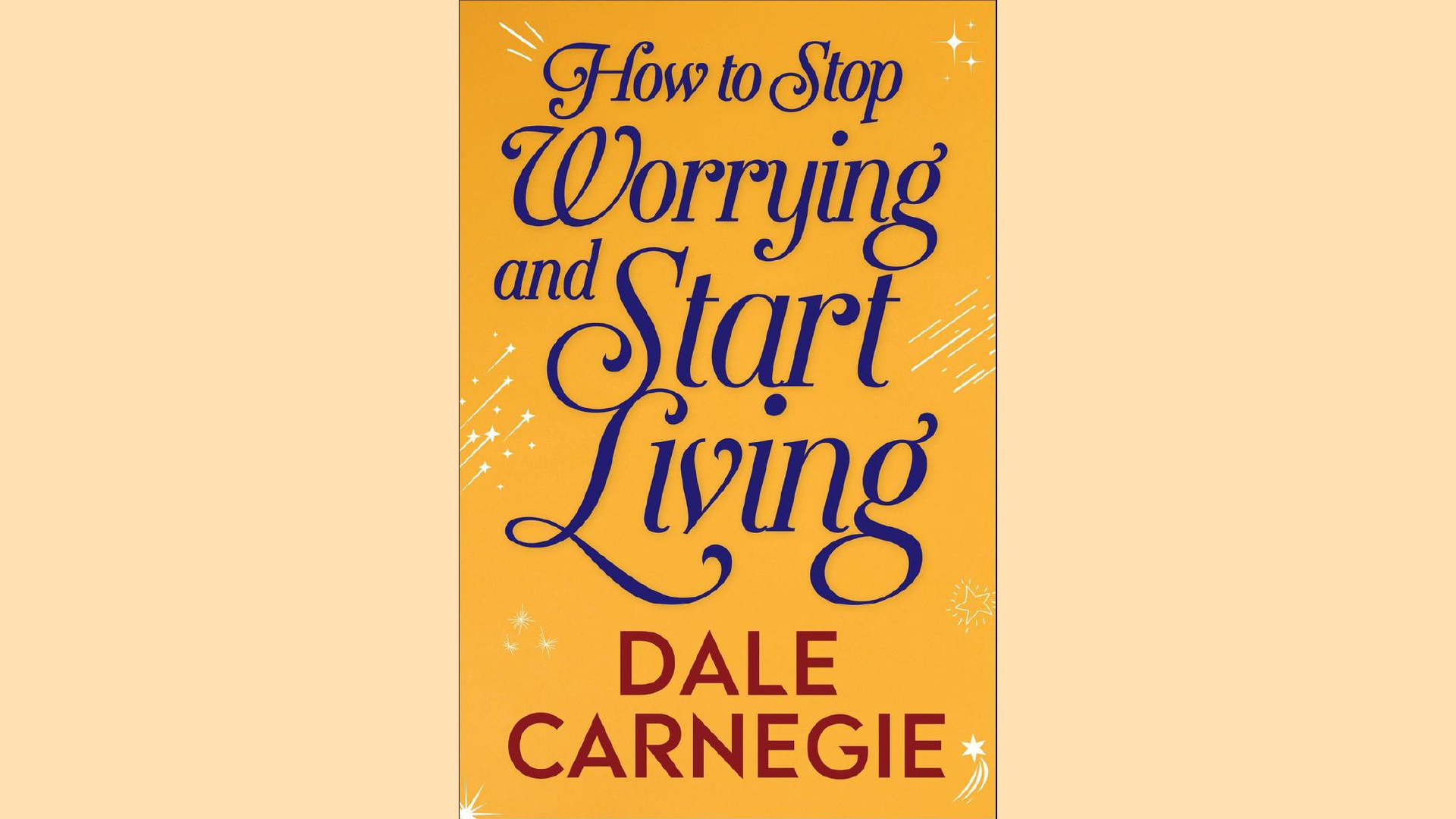How Do I Really Stop Obsessive Worrying Immediately?
Learn to conquer entrepreneurial anxiety with Dale Carnegie's approach: Identify worries, confront the worst-case scenario, accept it, plan improvements, take action, and reflect. Empower yourself to thrive despite uncertainties, transforming fear into growth.

In the entrepreneurial journey, anxiety and worry are often constant companions. These feelings can be overwhelming, whether it's concern over cash flow, product development, or market acceptance. Yet, managing this stress is crucial, not just for personal well-being but also for the success of your venture. Dale Carnegie, a pioneer in personal development, encapsulates a timeless strategy in his seminal work, "How to Stop Worrying and Start Living," that can empower entrepreneurs to face fears head-on, reduce anxiety, and confidently navigate the uncertainties of business.
"Remember, today is the tomorrow you worried about yesterday." - Dale Carnegie.
Identify Your Worry
First, clarity is critical. Pinpoint exactly what's causing your anxiety. This requires introspection and honesty. As entrepreneurs, we often juggle multiple concerns, but not all hold equal weight. Identify the most pressing one. Writing it down can move it from a nebulous worry to a defined challenge. Carnegie emphasizes the importance of dealing with facts, not fears, advising readers to write precisely what they're worried about to see it more objectively.

Confront the Worst-Case Scenario
Now, ask yourself: What's the absolute worst outcome? This question isn't meant to scare you but to prepare you. By envisioning the worst-case scenario, you're demystifying fear. Fear thrives in the unknown. You're reducing its power over you by bringing it into the light. Carnegie suggests that by examining and accepting the worst that can happen, we can proceed to improve on the worst-case scenario with a clearer mind.
Accept the Worst
This is perhaps the most challenging step but also the most liberating. Accepting the worst-case scenario doesn't mean you're resigning yourself to it; instead, you're acknowledging that you can find a way forward even in the worst situation. This acceptance can significantly lower the emotional stakes, making the problem easier to handle. Carnegie argues that acceptance of the worst frees us from the paralyzing grip of fear, allowing us to focus on forward movement.
Plan to Improve Upon the Worst
With the worst-case scenario in mind, brainstorm how to prevent or mitigate it. This is where entrepreneurial creativity shines. There's always a way to improve a situation, whether through contingency planning, seeking advice, or acquiring new skills. List actionable steps that can either avert the worst or lessen its impact. Carnegie's advice is to meticulously work on these steps, which move us from a state of inaction and worry to one of proactive engagement.
Take Decisive Action
Armed with a plan, it's time to act. This step moves you from worry to action, channeling your energy into constructive efforts. Whether refining your business model, enhancing your product, or expanding your network, each action builds resilience and reduces anxiety. Carnegie highlights the importance of action as a tool for displacing worry and redirecting our focus toward solutions and growth.
Reflect and Learn
After acting, reflect on the outcome. More often than not, you'll find that the worst-case scenario didn't materialize. And even if things didn't go as planned, there's value in the experience gained. Each challenge is an opportunity to learn and grow, making you better equipped for future hurdles. Carnegie encourages readers to analyze outcomes without self-criticism, seeing each experience as a learning opportunity rather than a failure.
Embrace the Process
Repeat this process as new worries emerge. With practice, this approach becomes not just a strategy for managing anxiety but a fundamental part of your entrepreneurial mindset, fostering resilience, adaptability, and a proactive stance in the face of uncertainty.

Conclusion
Entrepreneurship is as much a mental game as it is a practical one. By adopting Dale Carnegie's approach to managing worry, outlined in "How to Stop Worrying and Start Living," you're not just surviving but setting yourself up to thrive. Confronting fear, embracing uncertainty, and taking action are hallmarks of successful entrepreneurs. Remember, in the world of entrepreneurship, challenges are opportunities in disguise. Your pathway to success is to face them head-on with confidence and a clear plan.
Let this strategy guide you as you navigate the entrepreneurial landscape. By transforming anxiety into action, you're not just overcoming fear but harnessing it as a force for growth and innovation.


